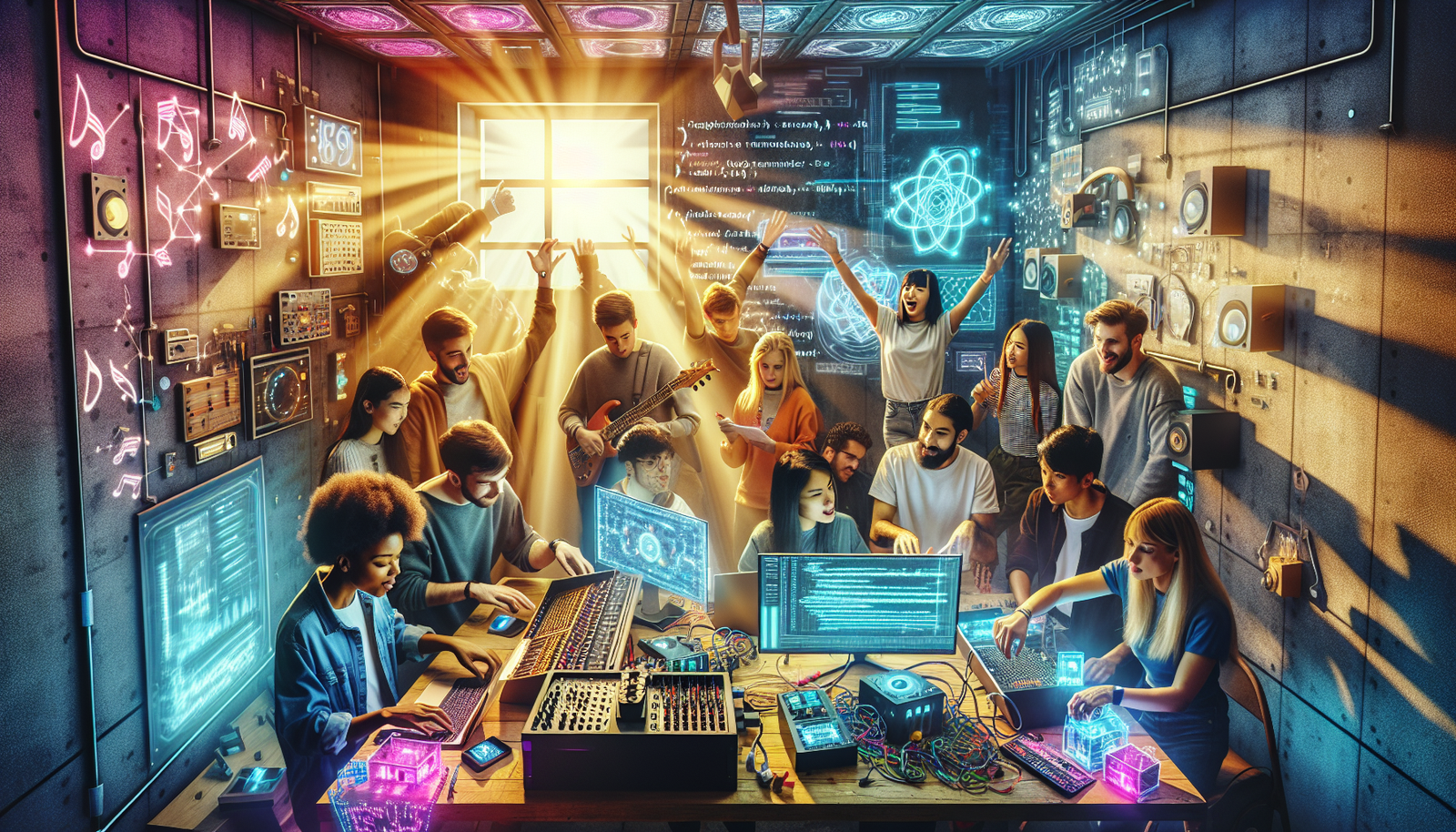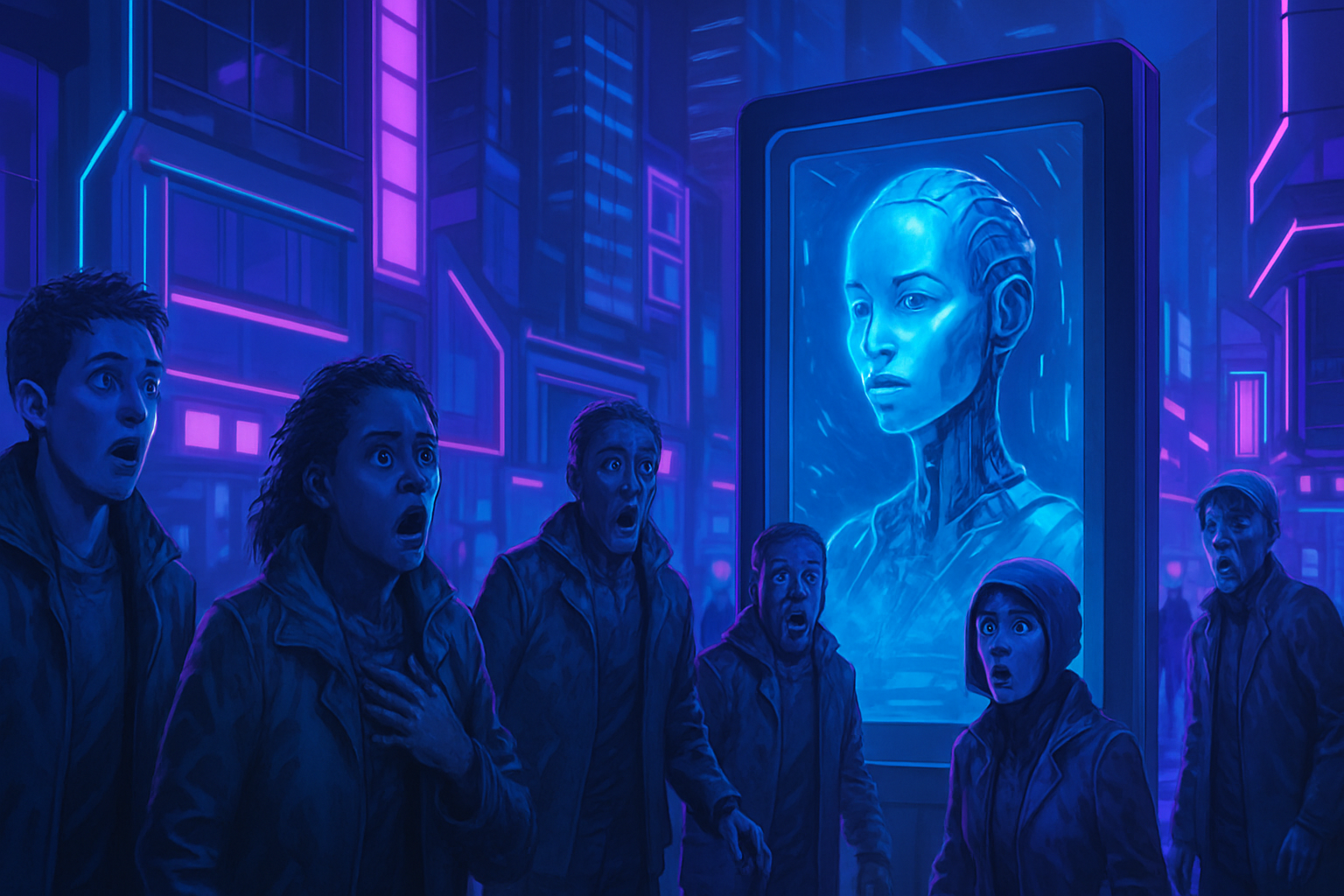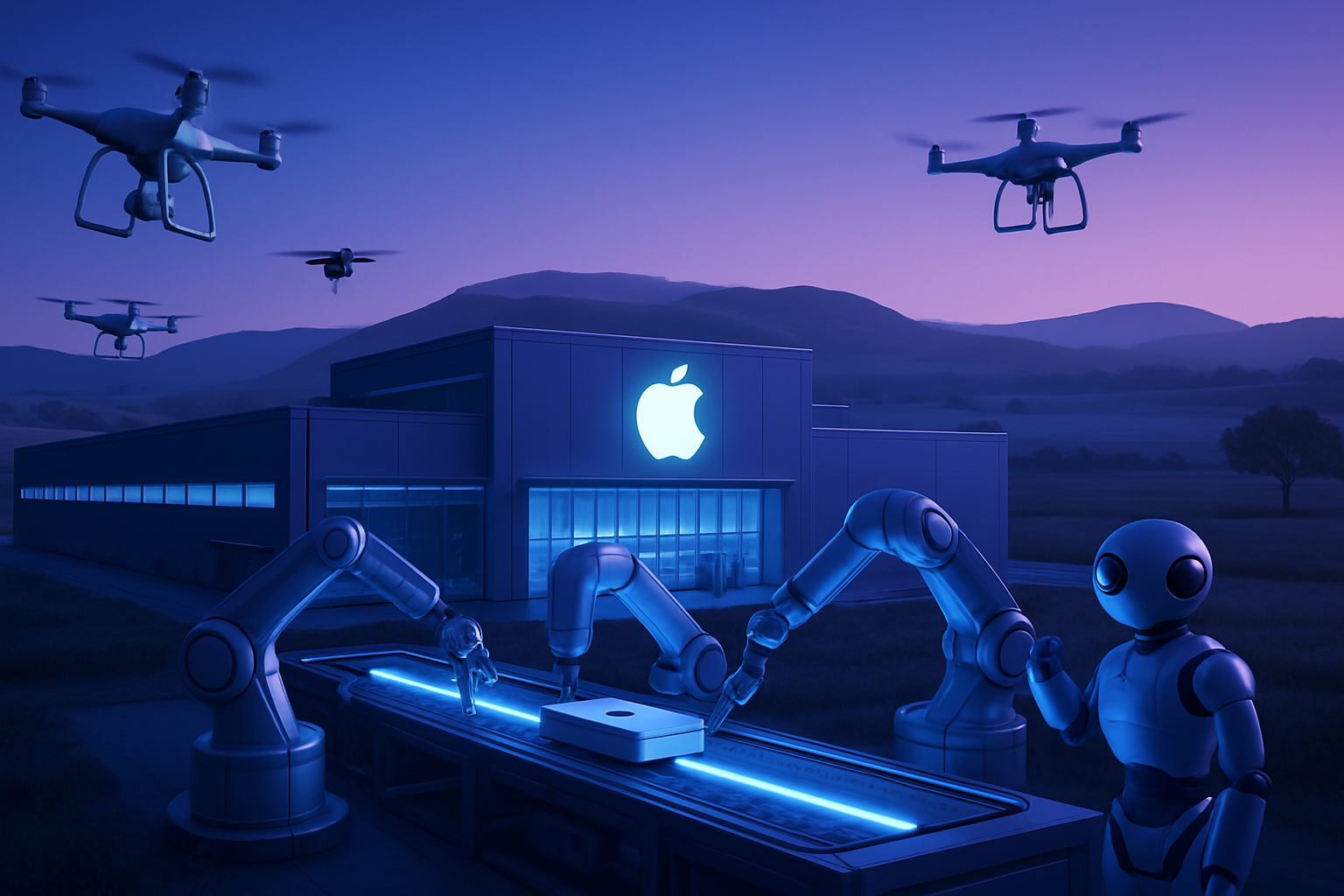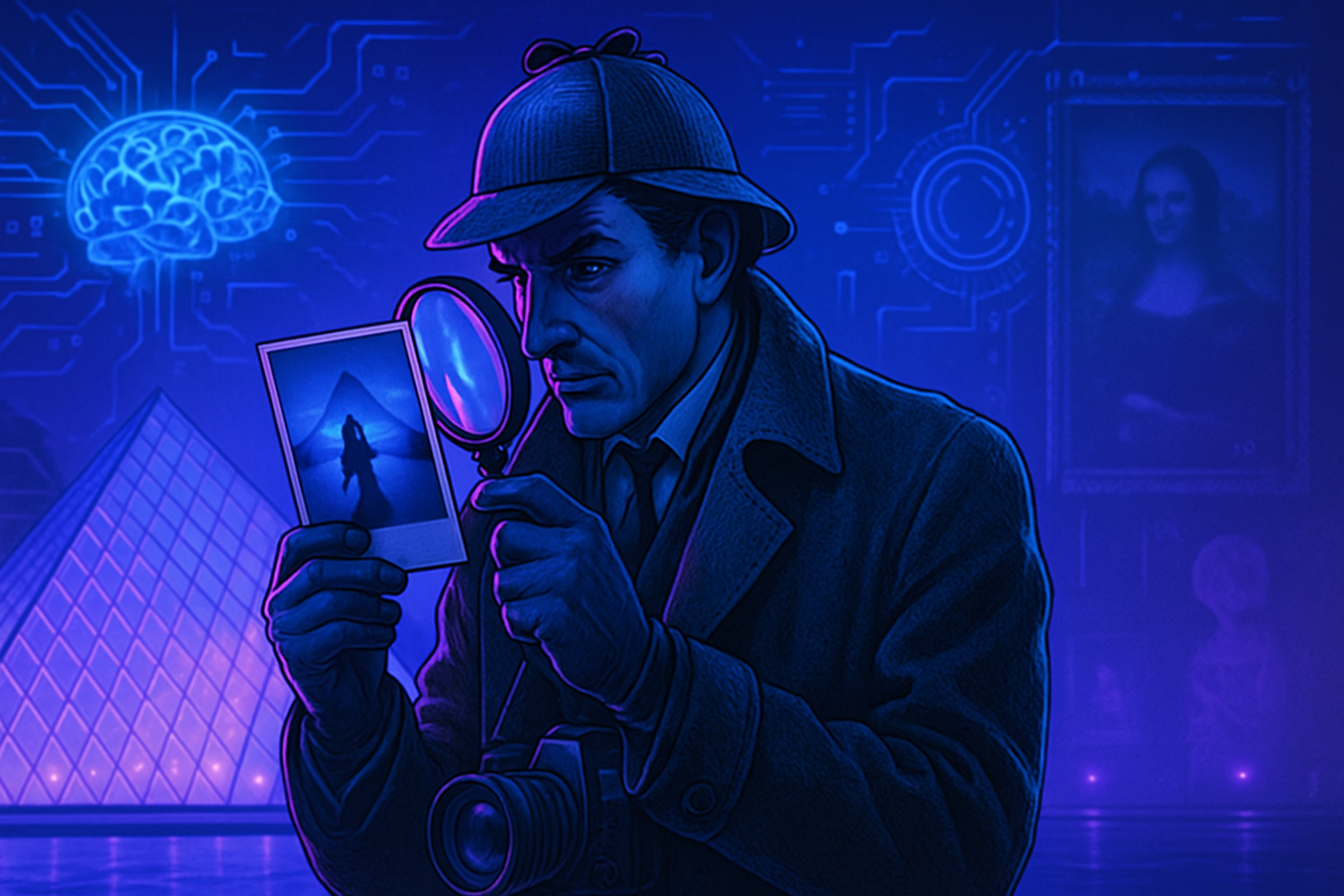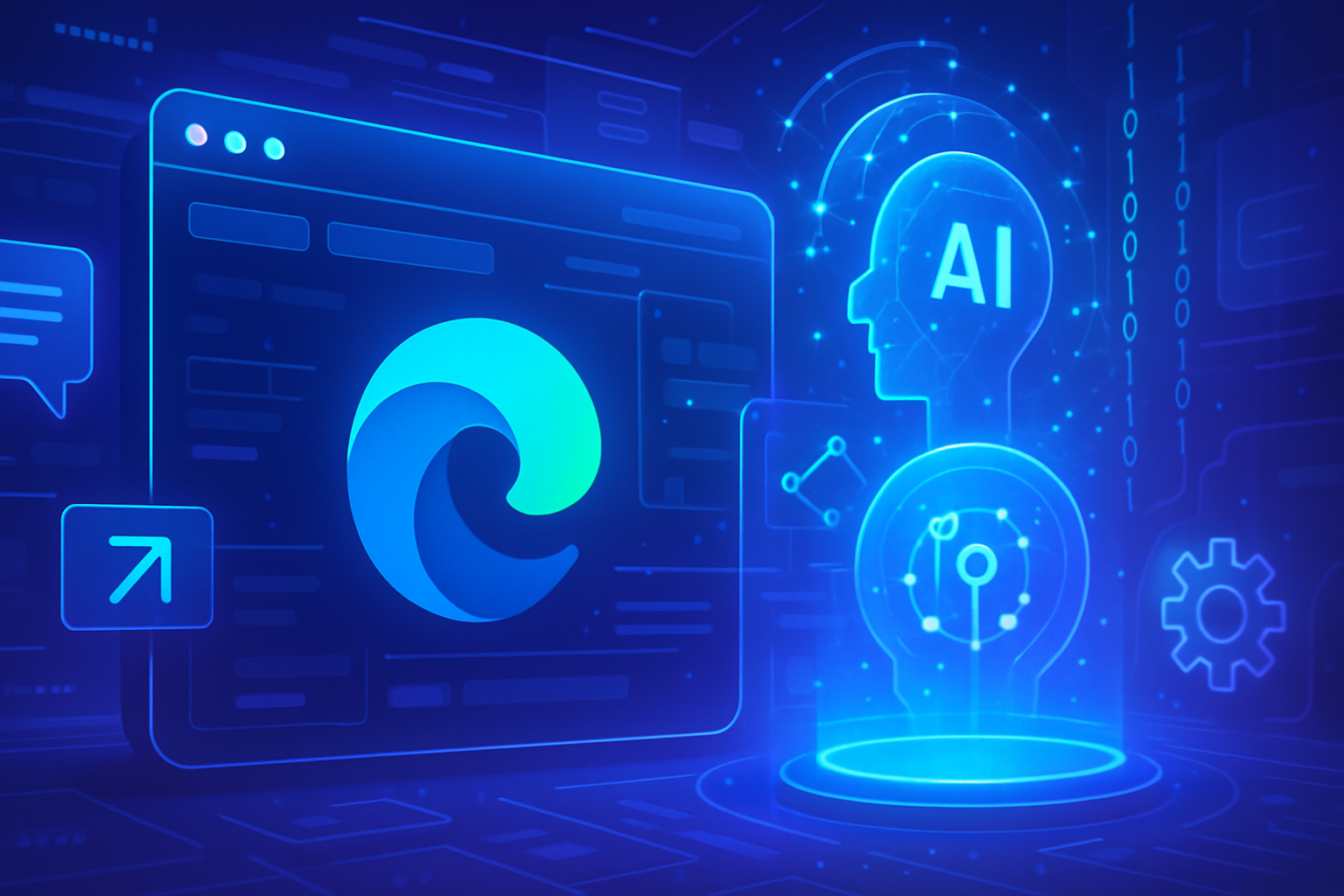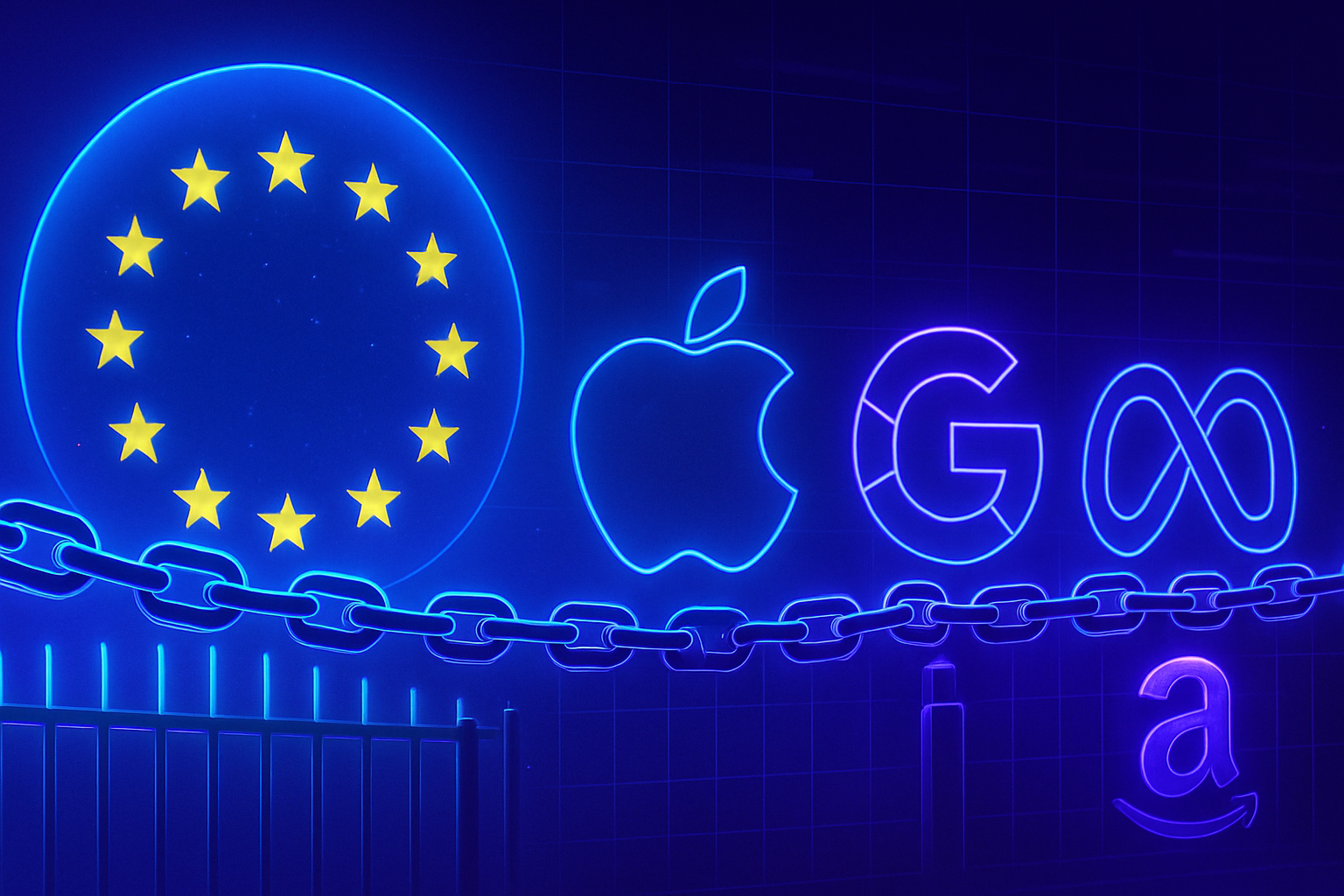The MIT, bastion of academic innovation, launches a bold program in Music Technology and Computation. This innovative curriculum combines music and technological advances, reshaping the musical creation of the 21st century. Through a multidisciplinary approach, it sheds light on the creative challenges posed by contemporary digital issues. The skills developed in this program will offer a new perspective on the integration of AI into musical composition. This program aims to respond to the quest for harmonious learning between art and technology.
The new graduate program
The Massachusetts Institute of Technology (MIT) recently unveiled an innovative program dedicated to Music Technology and Computation. This curriculum takes place within the Music and Sound Technology (STMS) department. The main objective is to marry artistic creation and technological advancements, opening new perspectives for composers and sound engineers.
Program characteristics
This program revolves around various musical aesthetics and digital approaches. Students will have the opportunity to design custom musical applications. They will also be able to manipulate and control software tools, drawing on their own creative intentions.
An interdisciplinary approach
The curriculum encourages interactions between different disciplines, including computer science, music, and engineering. Students will be trained to use advanced AI tools to create new compositions. The collaborative nature of this program will foster the exchange of ideas between artists and technicians.
Innovation and the future of the arts
The MIT positions itself as a key player in transforming the contemporary musical landscape. For example, projects like SUNO explore the use of artificial intelligence to generate musical pieces. This approach raises essential questions about the authenticity and origin of artistic creation. The intersection of music and new technologies generates exciting debates about the future of the music industry.
Interactions with the music industry
Students in this program will also benefit from privileged access to professionals in the music industry. They will be able to participate in workshops, seminars, and internships designed to enhance their understanding of market dynamics. This developing network facilitates their entry into the professional world after graduation.
Challenges to overcome
The implementation of this new program poses certain challenges, particularly regarding the integration of artistic research within the academic framework. University structures must adapt to the rapid changes in digital technologies and creative trends. This five-year contract 2019-2023 of the STMS laboratory aims to address these issues while promoting innovation.
Future perspectives
The advancements in technologies such as those observed on platforms like YouTube challenge the norms of the music industry. Recent developments, such as projects to resurrect the Beatles using AI, testify to a radical change in how musical creations can emerge. At the same time, vigilance is necessary against new regulations governing the use of these technologies in musical creativity.
Students at MIT are thus prepared to navigate a rapidly changing musical landscape. Their skills will be essential to reinvent musical creation through the use of technology. They become pioneers of a new era where art and technology merge to produce innovative and engaging works.
Frequently Asked Questions
What is the main objective of the new graduate program in Music Technology and Computation at MIT?
The program aims to merge musical creativity with technological advancements to train professionals capable of transforming the musical landscape with innovative digital tools.
What skills will students acquire during this program?
Students will develop skills in musical creation, computer programming, music software use, and understanding new technologies applied to music.
How does the program integrate artistic research into the teaching?
The program emphasizes the integration of artistic research by encouraging students to explore new forms of musical expression and collaborate on innovative projects.
What types of projects can students undertake within this program?
Students will have the opportunity to work on practical projects combining music and technology, such as the development of musical applications, the creation of interactive works, or the use of artificial intelligence in music.
Are there any prerequisites for enrolling in this program?
Candidates should have a prior background in music, technology, or a related field, as well as a demonstrated passion for innovation in the musical domain.
Does the program offer collaborations with the music industry?
Yes, the program includes partnerships with companies in the music industry, providing students with internships and networking opportunities.
What are the career prospects for graduates of this program?
Graduates will be able to work in various fields such as music production, sound design, music software development, and technological innovation in the music industry.
Is this program accessible to international students?
Yes, the program is open to international students and offers a specific admission process for candidates from abroad.
Where are the courses taught and what is the format of teaching?
Classes are mainly held on the MIT campus and utilize a hybrid format, combining in-person lessons with online sessions to maximize learning.
How can students benefit from MIT resources during their training?
Students will have access to specialized laboratories, cutting-edge equipment, and a vast library of academic and technological resources.
